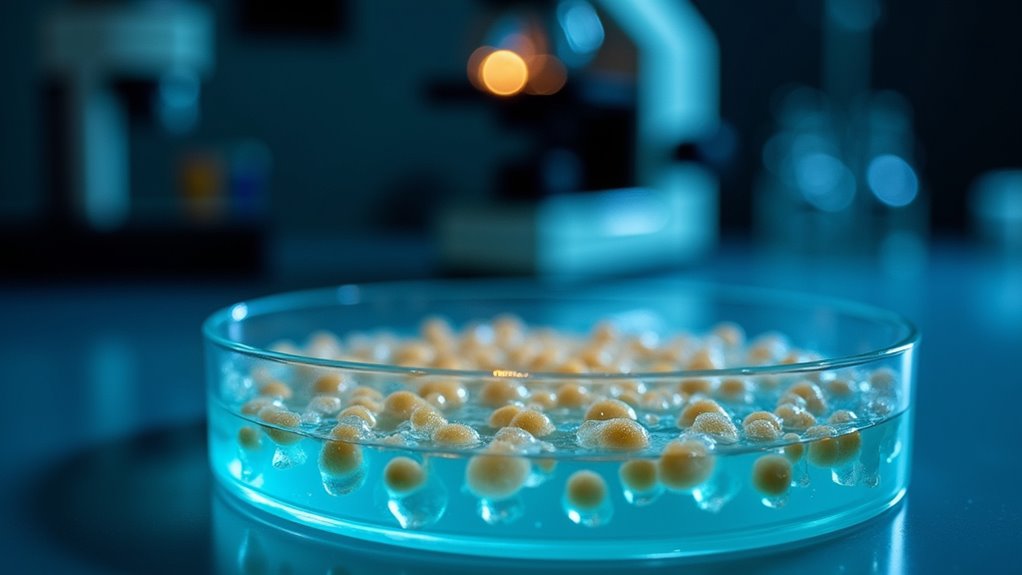When the body turns against itself, chaos follows. In type 1 diabetes, that’s exactly what happens. The immune system—designed to protect—becomes a traitor. It targets and systematically destroys beta cells in the pancreas. These aren’t just any cells. They’re the insulin factories. Without them, blood sugar spirals out of control.
The betrayal starts with genetics. The HLA region is the primary culprit, but it’s not working alone. More than 20 genetic loci contribute to this biological mutiny. Variants in the insulin gene alter expression. The body’s tolerance breaks down. And then? The attack begins.
A betrayal written in our DNA — genetic co-conspirators plotting the body’s cellular insurrection.
B cells kick things off by producing autoantibodies. Think of them as wanted posters, marking beta cells for destruction. These B cells aren’t just passive participants—they have distinct genetic signatures when they’re on the warpath. They’re particularly nasty when found directly in the pancreas. Recent transcriptional analysis shows that B cells display different gene combinations upon arrival in the pancreas compared to other parts of the body.
T cells are the real killers, though. They recognize the “wanted” beta cells and attack with ruthless efficiency. They pump out inflammatory cytokines. They resist all attempts at peacekeeping. Despite their central role, they don’t act alone. The immune response is a team effort—both adaptive and innate components join the fray. The destruction of these cells halts the rapid burst release of insulin that normally occurs after eating.
But genetics alone isn’t enough to trigger this cellular civil war. Environmental factors push the system over the edge. Viral infections—particularly enteroviruses—are prime suspects. They’re like the match that lights the genetic kindling. Stress adds fuel to the fire. Professor Sarah Richardson’s research at the University of Exeter is conducting detailed pancreas studies to uncover these precise mechanisms of immune attacks on beta cells.
Scientists are working on immunotherapies to stop this self-destruction. Current approaches can slow the attack but fall short of a cure. The goal? Reprogramming the immune system to recognize beta cells as friends, not foes.
Understanding this complex interplay between genetics and environment is essential. The immune system didn’t become a traitor overnight. It was pushed, prodded, and genetically predisposed to rebellion. And unless we figure out how to stop it, the destruction continues.









